Palmetto Bluff Real Estate Company Sales Office
Office Hours
Monday-Friday 9am - 5pm
Saturday 9am - 4pm
Sunday 12 - 4pm
Saturday 9am - 4pm
Sunday 12 - 4pm
From famine to fortune.
The late 19th century was a difficult time for the wineries of France. Mild, humid weather fostered an epidemic of powdery mildew on vines that was soon followed by a devastating plague of an aphidlike insect, known as phylloxera. The pest was inadvertently introduced to Europe from the United States sometime around 1860 and, within a couple of years, vines across the continent were dying. American grapes had developed a resistance to the sap-sucking root louse; however, European vines lacked any defense (and apparently had particularly delectable roots). As the blight worsened, at one point, it looked as if nearly all wine production in Europe would end. The few locations that were unaffected—the Mosel Valley of Germany and the island of Santorini in Greece, for example—offered little hope: soil conditions in those locations were very different from those in France and the rest of Europe and couldn’t replace the highly sought-after French wine.
At the vineyards of celebrated winery Château Lafite in Bordeaux, France, the situation appeared especially dire. Not only was phylloxera poised to destroy the decades of work that had propelled Château Lafite wines to considerable renown (even Thomas Jefferson had bottles in his collection), but also the new owner of the property, Baron James Mayer de Rothschild, died in November 1868, just three months after his purchase, leaving the vineyard bereft of its leader during a time when he was needed the most.
Rothschild was one of the wealthiest men in the world (possibly the wealthiest), but his fortune had been made in banking, not vineyards. Although they had no apprenticeship in the art of winemaking, it was up to Rothschild’s three sons to manage this unprecedented disaster in their father’s new venture after he died. Fortunately, the younger Rothschilds were also savvy businessmen, and that fact coupled with the discovery by desperate vintners that grafting native vines onto American rootstocks would allow European grapes to grow once again meant that the wine and reputation of Château Lafite Rothschild, as the winery was now called, would survive the crisis. It would take years for the vineyards to recover, but the Rothschilds had the foresight (and the resources) to wait.
Poor harvests and mediocre wines were typical as the grafted plants matured. Then, two consecutive years of perfect conditions, 1899 and 1900, yielded exceptional grapes. The harvests became superlative wines with Château Lafite Rothschild’s vintages as two of the most celebrated wines the winery ever produced.
Richard T. Wilson Jr. and his wife, Marion, the wealthy New Yorkers who built the spectacular home that once stood in Palmetto Bluff’s Village Green, may have purchased Château Lafite Rothschild’s 1899 vintage because of its fame. An empty bottle of the wine, discovered by archaeologists in a trash pit associated with the mansion, suggests that the wine was consumed sometime before 1926, when the Wilsons were regular visitors to Palmetto Bluff. During this period, Mrs. Wilson entertained lavishly and the bottle of 1899 Château Lafite may have been served at one of her elegant dinner parties. (Indeed, it may even have been an illicit indulgence, enjoyed after Prohibition began in 1920!)
Despite the success of the 1899 and 1900 harvests, problems were far from over for the winemakers of Europe. Two world wars and the vagaries of weather left even Château Lafite Rothschild struggling to maintain its stature as Bordeaux’s most iconic wine, synonymous with wealth, prestige, and nobility.
By the middle of the 20th century, however, vineyards across the continent were recovering, and in 1974, Baron Eric de Rothschild took over Château Lafite Rothschild and returned the winery to its former prominence. Today, Château Lafite Rothschild is the largest producer of wines classified as First Growth in Bordeaux, the highest ranking achievable in the Bordeaux Wine Classification. (This system of evaluating and ranking wines began in 1855 and Château Lafite has been at the top the list from the beginning.)
The vinification process has evolved under Rothschild’s leadership with everything being bottled within two to four weeks from harvest. Additionally, the finished grand vin (best wine) rests in barrels for 18 to 20 months, a change from the past when the wines were aged for three months to a year in barrel.
Montage Palmetto Bluff’s Director of Wine Jesse Rodriguez has 13 Château Lafite Rothschild vintages in the River House wine cellar, including the extraordinary 2010, one of the “best Bordeaux vintages in recent memory,” according to Wine Spectator—and is perhaps reminiscent of the 1899 vintage the Wilsons enjoyed a century ago, with friends at Palmetto Bluff.
Written by Dr. Mary Socci & Jesse Rodriguez
Photography by Krisztian Lonyai%GALLERY%GLOSSERY OF TERMS
Graft:
In this horticultural technique, the stem of a European grapevine is cut and attached to the cut stem at the base of an American vine, which allows growers to take advantage of current roots.
Phylloxera:
A tiny insect that lives on and feeds on the roots of grape vines. Phylloxera were largely the culprit in the destruction of European grapevines in the mid-19th century.
Bordeaux Wine Classification:
A classification begun in 1855 that ranks wines of the Bordeaux region in order of quality. Chateaux (producers) are evaluated in various categories and listed accordingly.
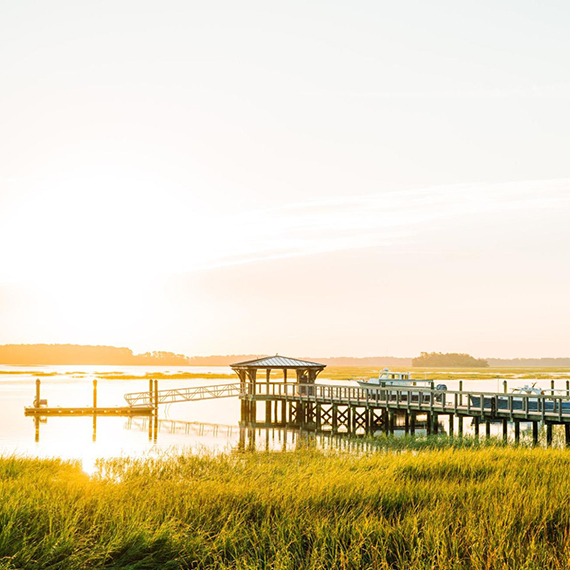
The golden glow of the marshes, the crisp air, and the sense of calm after a busy summer season all make this time of year unforgettable. Whether you’re enjoying the Bluff or exploring the wider coastal region, here are 5 reasons why fall is when the Lowcountr...

David’s Journey to Palmetto Bluff Born and raised in Lewisburg, West Virginia, David Johnson’s career path began with a moment of chance. While studying Finance and Economics at Marshall University, he walked into the Greenbrier Sporting Club’s real estate of...
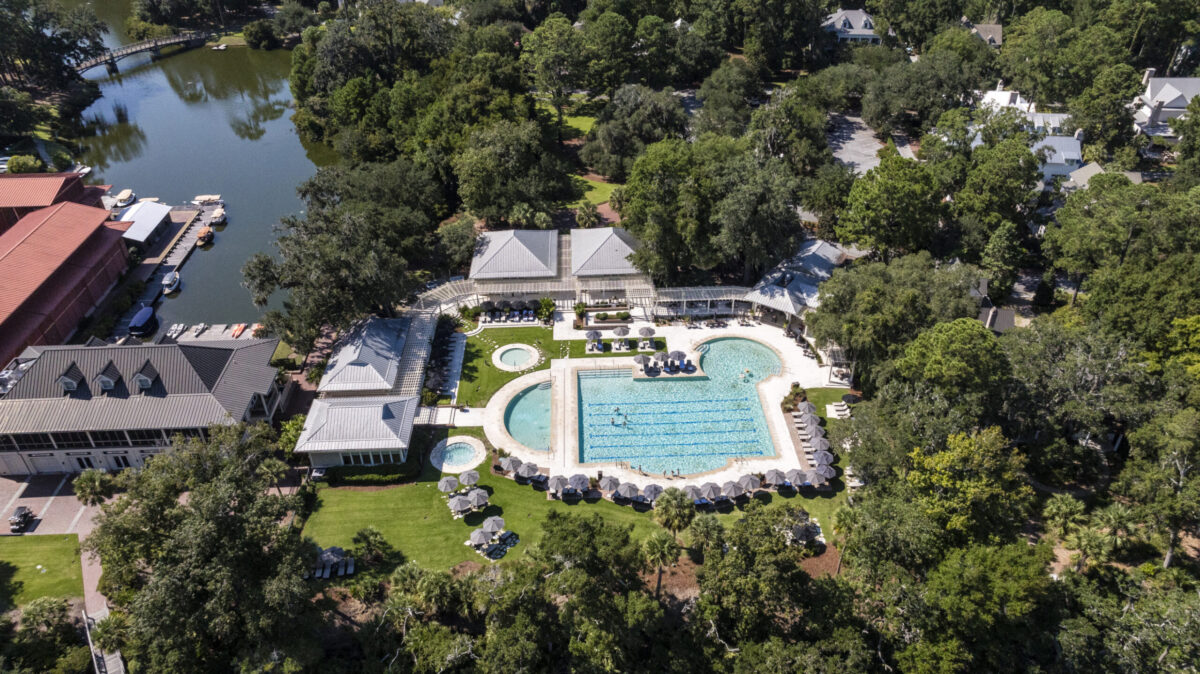
Palmetto Bluff Club: Finding Your Perfect Fit Tucked into the heart of the Lowcountry, Palmetto Bluff is a place where life unfolds at its finest pace—unhurried, connected, and deeply rooted in community. Membership here goes beyond access to world-class amen...
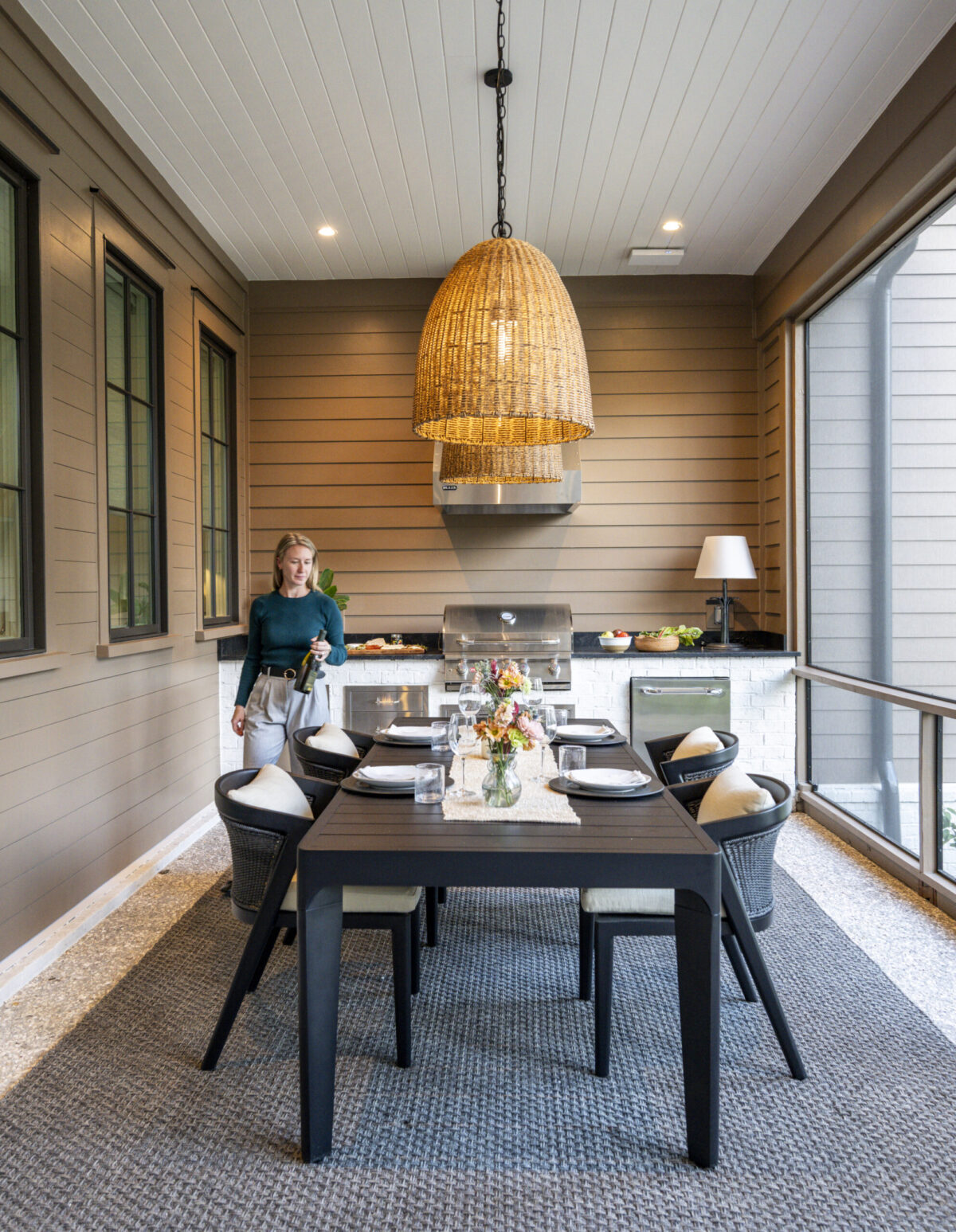
4 Ways to Incorporate Coastal Fall Decor into Your Home in 2025If you are planning to decorate your home for fall, you might feel limited to warm colors and chilly weather. But if you live on the coast, you can easily incorporate coastal fall décor into your h...
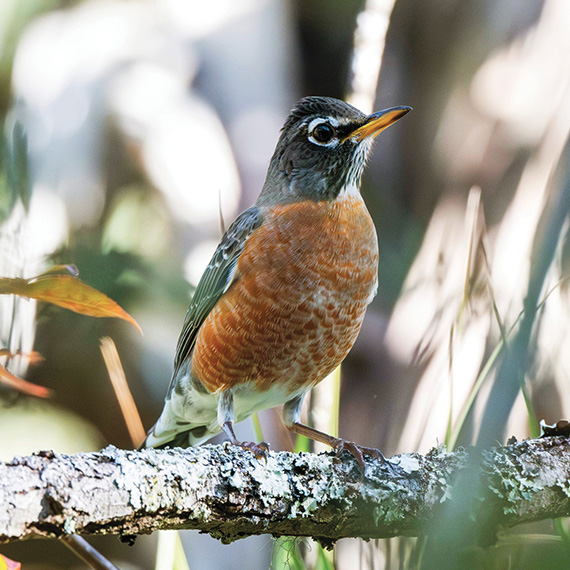
Here in the Lowcountry, the Conservancy brings FeederWatch to life with guided sessions at the Conservancy’s bird feeders. Education and Outreach Manager Aaron Palmieri leads these gatherings, teaching attendees how to identify wintering species, choose the ri...
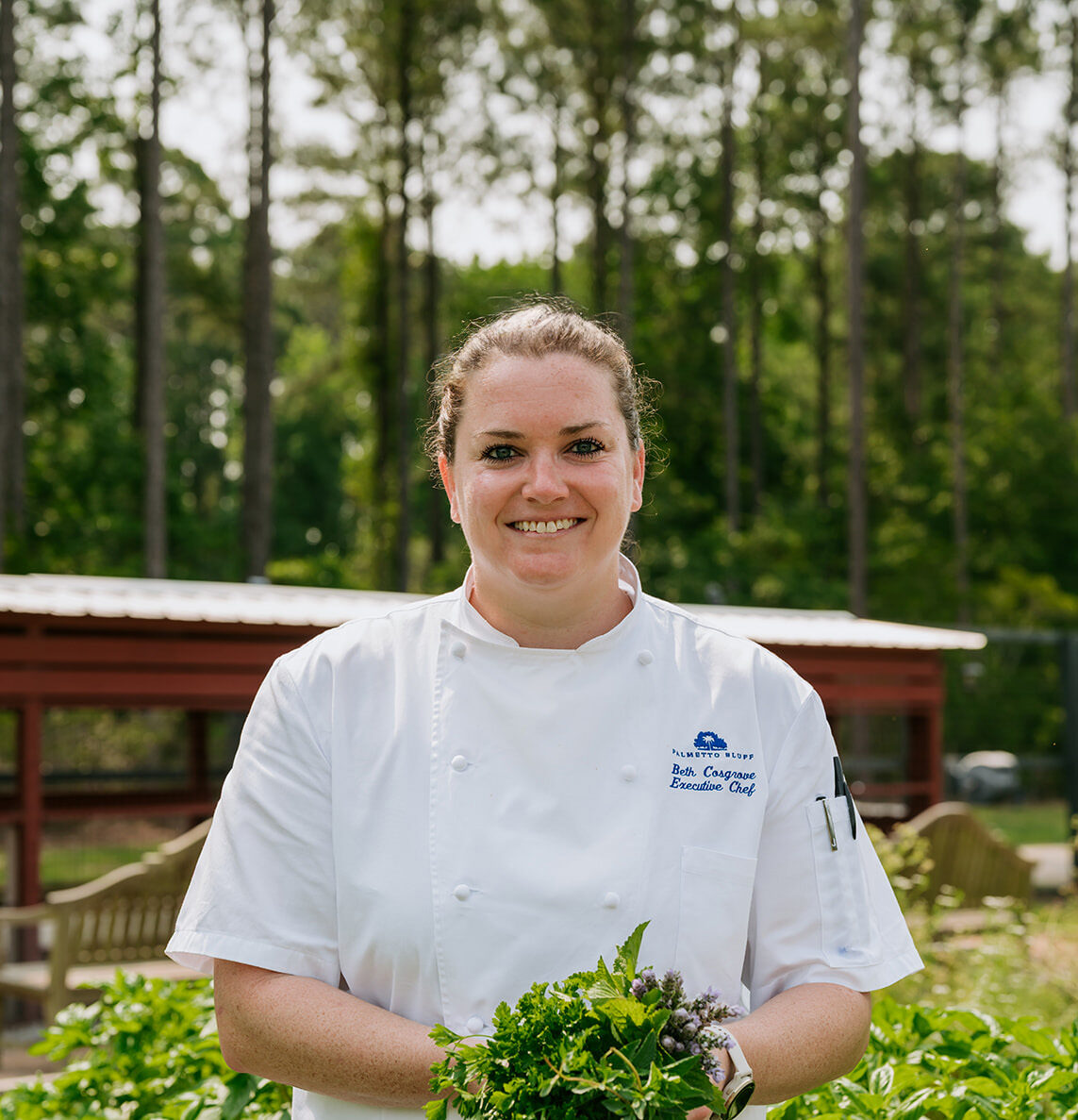
Chef Beth Cosgrove shares her favorite game day dip—with a Southern twist. Ingredients 2 cups cooked sea island red peas, crushed with a fork 1 recipe of pimento cheese dip (recipe below), room temperature 2 cups crème fraiche 1 cup fire-roast...
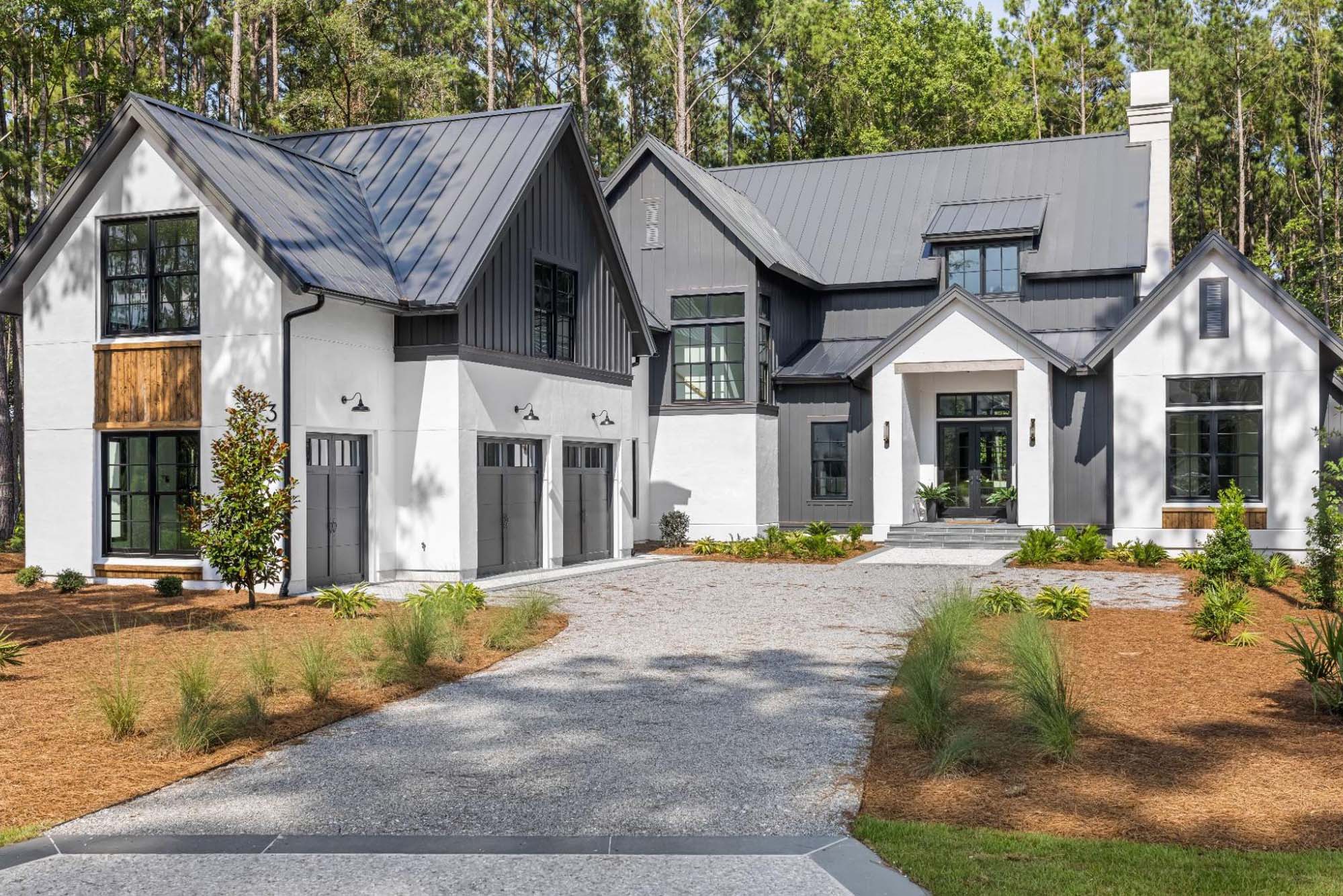
At Palmetto Bluff, newly built homes are more than residences—they are carefully crafted retreats offering the best of Lowcountry living. Palmetto Bluff Real Estate Co. Agent, Amanda Cutrer, shares the benefits of buying “new” in the Bluff. Builder Support ...
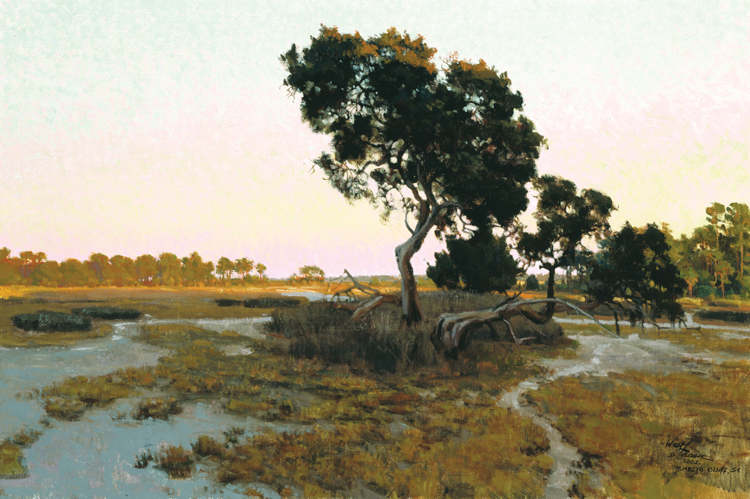
Visionary land planner Mark Permar reflects on Palmetto Bluff's rich history and its enduring connection to the land. With Anson on the horizon, the legacy of designing with nature lives on.How did you first get involved with Palmetto Bluff? I believe it was ...
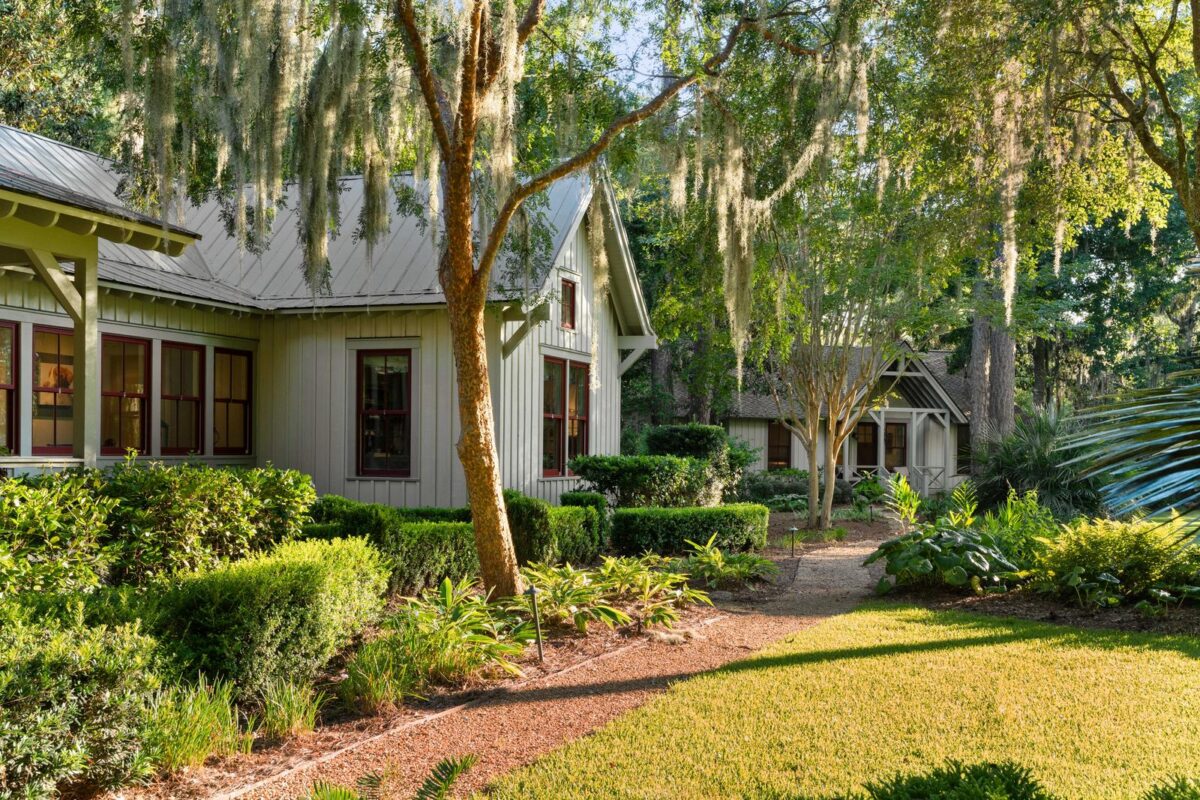
Explore Available Listings with Room For the Whole Family At Palmetto Bluff, life moves at the pace of the tides; slow enough to savor, yet rich with moments worth sharing. And when it comes to welcoming the people you love most, the right home makes all the ...
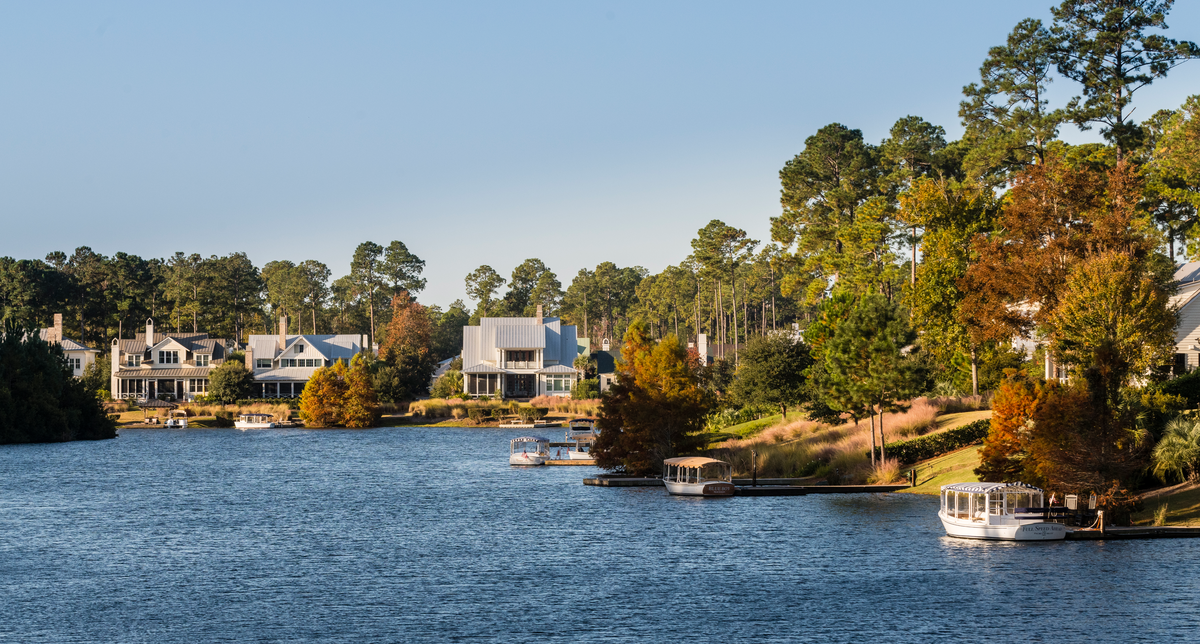
Real Estate in Bluffton, SC: Trends, Updates, and Insights The first half of 2025 has been nothing short of remarkable for Palmetto Bluff Real Estate Company, with sales volume, transaction count, and market share setting a strong pace for the year ahead. As ...
Learn about the Palmetto Bluff Conservancy and how we keep the vision of our land in place.
On land or water, there is an ever-evolving variety of activities.
We do not attempt to independently verify the currency, completeness, accuracy or authenticity of the data contained herein. All area measurements and calculations are approximate and should be independently verified. Data may be subject to transcription and transmission errors. Accordingly, the data is provided on an “as is” “as available” basis only and may not reflect all real estate activity in the market”. © [2023] REsides, Inc. All rights reserved. Certain information contained herein is derived from information, which is the licensed property of, and copyrighted by, REsides, Inc.